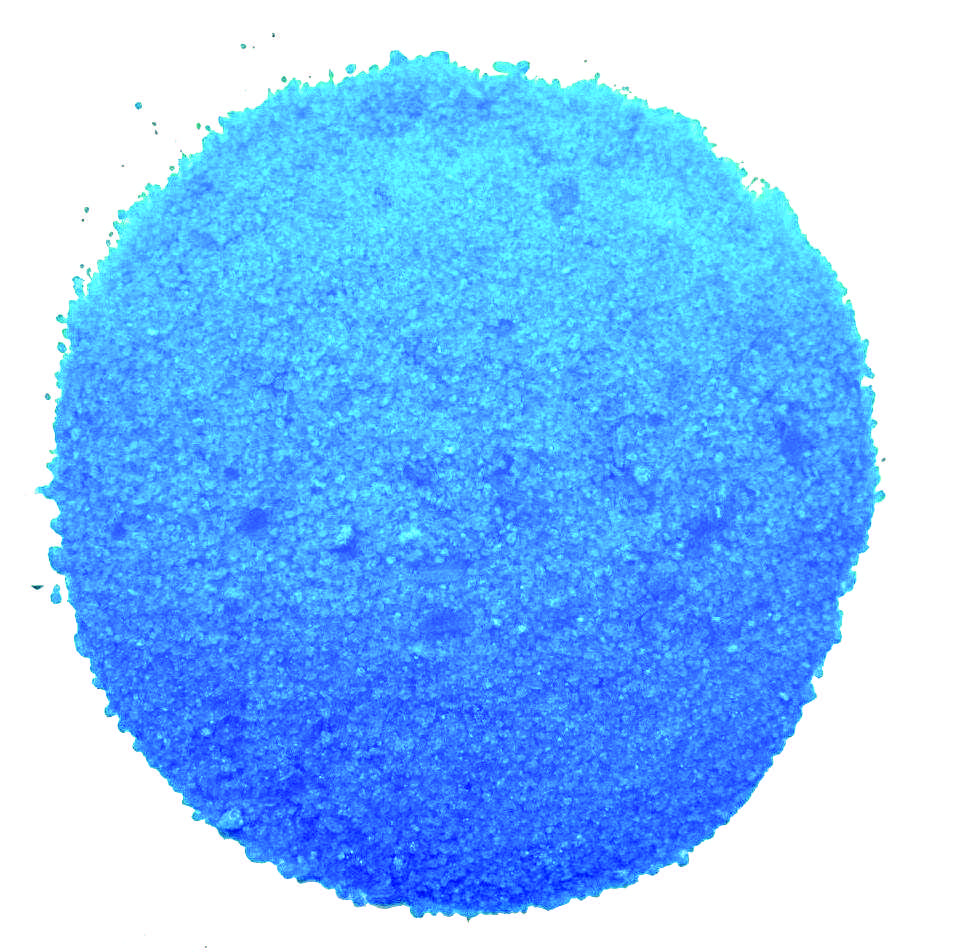It’s a good bet that a wet spring will follow a long winter. It’s an equally good bet that bacteria and fungi are trying to invade the hoof. Before you reach for the copper sulfate, it’s best to use caution.
Live laminae tissue can be damaged by repeated applications of caustic solutions, including copper sulfate, says Ray Tricca of SBS Equine. When used frequently, copper sulfate can be counterproductive to the treatment of white line disease. It can be toxic to living tissue by causing inflammation. He advises against using it repeatedly on these deeply rooted infections involving the white line.
“Copper sulfate can stunt the growth of young tissue trying to grow out,” he says. “While it’s killing the bacteria and fungus, it’s also harming live, healthy cells. In these scenarios, white line disease can become chronic and never seem to improve.”
Commercial hoof preparations with an established track record for safety and efficacy are the best option for treating serious cases of white line disease. Although there are many cases in which copper sulfate might have been used, Tricca cautions that its use should strictly be limited to experienced professionals and veterinarians who are familiar with compounding this chemical and its potential dangers.
Once the initial treatment is completed, keeping the area as clean as possible is critical to prevent additional bacteria and fungi from infiltrating the sensitive tissues. Avoid any dirt or debris from packing again the compromised horn and wall.
Learn more tips by reading, “Opinions On Preventing And Treating White Line Disease,” in the April 2018 issue of American Farriers Journal.
Do you have a hoof-care tip that will benefit other farriers? Email it to Jeff Cota at jcota@lessitermedia.com.








